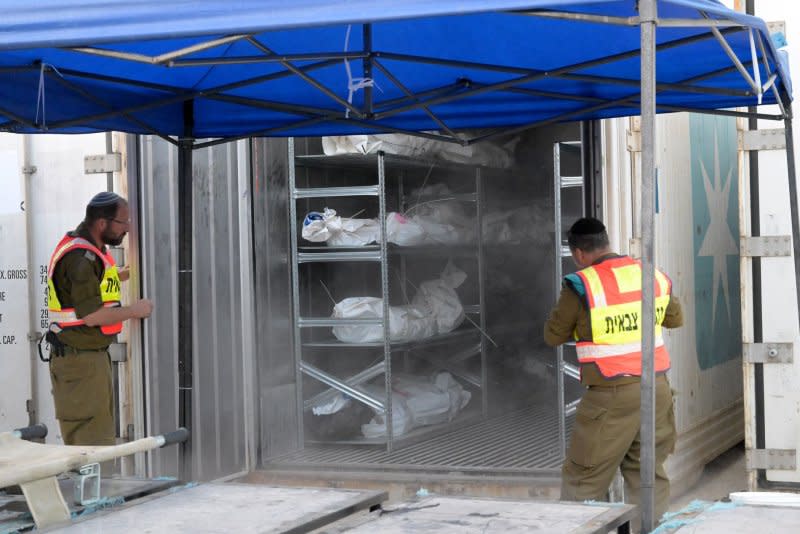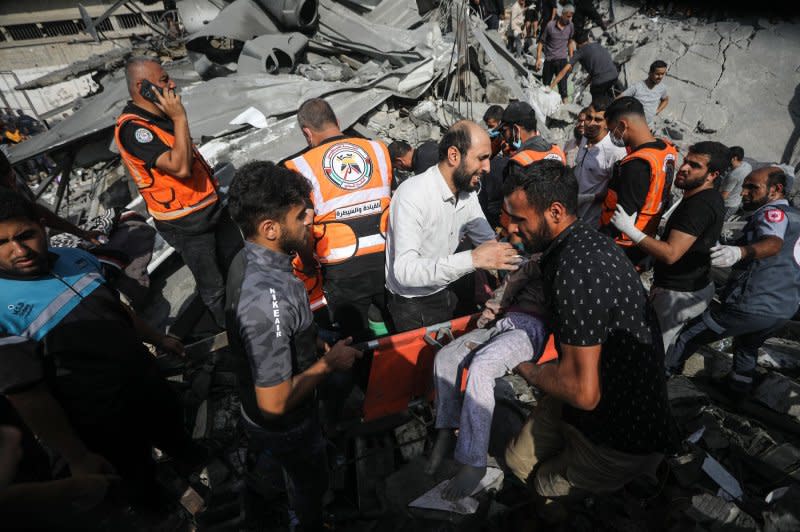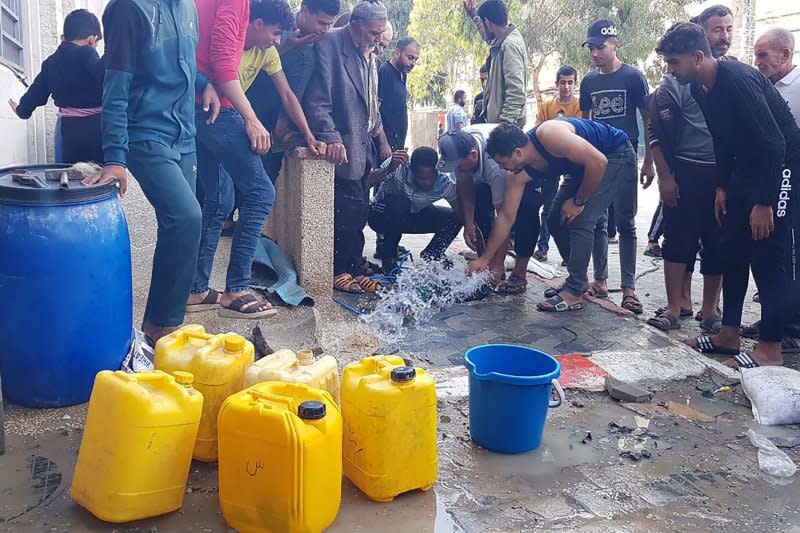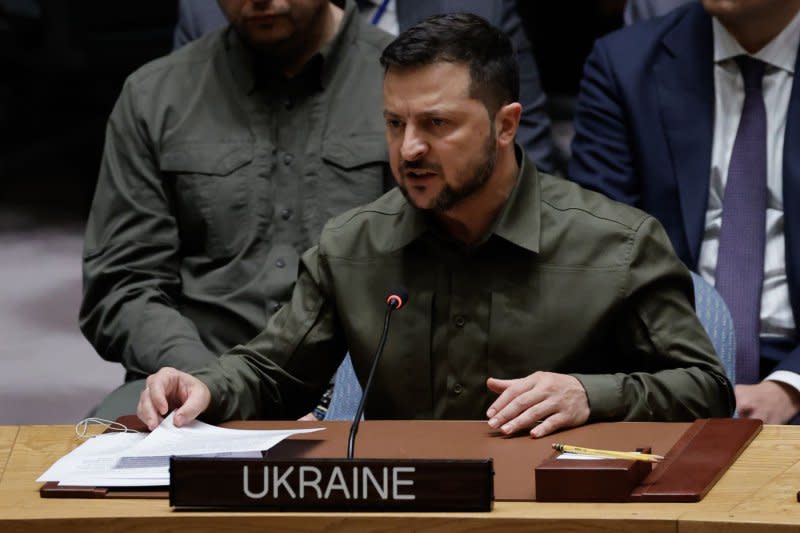No good options for ending Israel-Hamas nightmare

Three points need further elaboration and understanding why what is happening in Israel is not just a war from hell.
That war is hell is often dismissed or appreciated by those who never fought one. The second is that Gaza is the world's largest IED for improvised explosive devices. And last, while a full-fledged Israeli invasion will be disastrous, a long-term occupation will be catastrophic and the nightmare from hell.
Since Vietnam, American forces have not taken very heavy casualties, realizing that even one is a tragedy for the victim and his or her family. In the first Gulf War, from 1990 to 1991, the United States lost 149 service personnel in action and 849 wounded in Operation Desert Storm. This was an extraordinarily low number, as some 600,000 U.S. forces were engaged, most not seeing combat.
In the second Iraq War, beginning in 2003, the U.S. Department of Defense reported 4,431 Americans died in battle and 941 due to non-hostile action. In Afghanistan, 2,254 Americans died in action, 505 for non-hostile reasons.
In Desert Storm, media reporting on precision strikes in which collateral damage to civilians was minimal lulled many in Congress and the public that immaculate warfare had arrived. America and its allies could overwhelm conventional armies, navies and air forces while suffering few casualties.

When the United States invaded Afghanistan in October 2002 in response to 9/11, American special forces riding horseback calling fires from B-52s, combined with Afghanistan's Northern Alliance providing land power, collapsed Taliban rule. The image was one of imaginative immaculate war for our side.
When the United States initiated Operation Iraqi Freedom two years later, U.S. Army and Marine forces swiftly advanced to Baghdad, eviscerating Saddam Hussein's army along the way. Then reality took hold in Afghanistan and Iraq. Insurgencies sprung up. And the United States could not defeat them, even with precision strike.

But the lessons of war became unmistakably clear in Ukraine. Russia has lost about half its military capacity, suffering at least 150,000-200,000 casualties, a majority probably killed in action. Ukraine has not released a casualty list. However, casualties may number between 100,000-150,000.
What happens if or when Israel chooses to attack en masse. The Ukraine war will be a better predictor of intensity and casualties than Afghanistan or Iraq. And the examples of post-war occupation of Afghanistan and Iraq should not be ignored.

The distinction is that Hamas has turned Gaza into the world's largest IED, perhaps making it a more formidable and longer-term enemy than in Iraq and Afghanistan. Whether Israel will stay that course is as unknowable as to if or when it decides to invade Gaza. What is knowable is that the casualties, both of combatants and civilians, and levels of destruction could approach those in Ukraine.
These two points reinforce the last one. No invasion or war can be immaculate. No invasion can limit casualties on all sides, given the nature of urban and city warfare. Since Hamas is integral to Gaza and endemic to the population, weeding it out is akin to treating cancer that has spread throughout every major organ and part of the body with surgery. That will not work.

Consider what a strip of land of 140 square miles might look like after an Israeli offensive. Gaza could be even more demolished than Berlin and Tokyo, or worst case, Hiroshima and Nagasaki, had conventional weapons obliterated both in 1945. Its population would be in critical need of food, water, shelter and medical assistance. Even if electricity could be generated, how can it access people needing it in the rubble? And a further nightmare from hell could be a million or more Gazans having lost everything turning against the occupiers.
Vladimir Lenin raised the question of what is to be done. The strategic and commonsensical response is not to invade. Instead, blockade Gaza; selectively target Hamas to the point of making it impotent; cobble together a government, perhaps headed by the Palestinian Authority; and rely on international aid.
However rational, that is doomed to fail.
Israelis do not have the resources or patience for such a long-term strategy. Precision strike will not prevent collateral damage. Any blockade will take a significant toll on civilians. This will advantage Hamas' propaganda and public relations strategies. And Israel will face a long-term attrition strategy it may not be able to sustain.
Plans B, C, D and F are welcome. Yet the desperate reality is that there are no options. This then would truly be the nightmare from hell.
Harlan Ullman is UPI's Arnaud de Borchgrave Distinguished Columnist, a senior adviser at Washington's Atlantic Council, the prime author of "shock and awe" and author of "The Fifth Horseman and the New MAD: How Massive Attacks of Disruption Became the Looming Existential Danger to a Divided Nation and the World at Large." Follow him @harlankullman. The views and opinions expressed in this commentary are solely those of the author.

